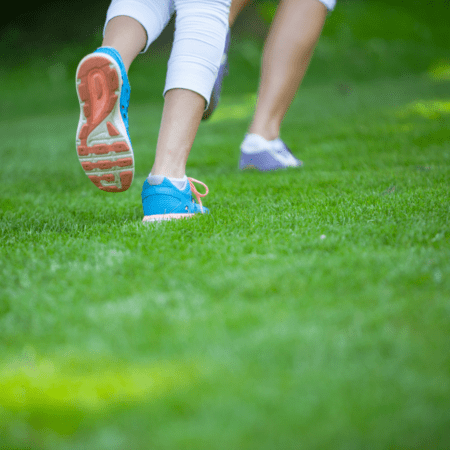Does Training on Different Surfaces Matter?
Runners often train in areas that are in or near their neighborhoods. This can include sidewalks, parks, or roads close to their homes. However, you should consider training grounds other than roads. When you train on different surfaces, your scenery changes often. The kind of workout you need to do, as well as the amount of energy you need to expend changes as well.
This provides runners with a break from their monotonous routines. If you change the venue you’re training in, it can also provide a boost to your overall fitness levels. Consider running on different surfaces types, such as on grass, through sand, or even on trails. You can also practice running in your swimming pool. Running on different surfaces can help you prepare for a marathon as well.
Running on Different Types of Surfaces
When you run on surfaces like grass or sand, then the pounding experienced by your legs, as you run, is reduced. This can also reduce the risk related to injuries. When you push off on surfaces that are softer, you can better strengthen your muscles. This will later translate to increased speed when you’re running on roads. Here’s how you can adapt your running routine to different surface types:

Grass
When you run on grass instead of surfaces like concrete or asphalt, up to 17% less pressure is felt by your feet. This was reported in a study in the Journal of Sports Sciences. So if you’re a runner who is looking for a surface that is forgiving, before heading back to roads, consider grass. You can also reduce the risk of injury while improving your intensity and mileage.
The grass is good for speedwork. Take for example a football field. It’s an ideal place to warm up. Run for around three minutes, then run for two minutes, and then one. Do it with such intensity that you aren’t able to speak more than two words while running. Begin with two sets or three sets, and then move on to five.
 Sand
Sand
Sand has a surface that is unstable. Running on sand can help you strengthen the muscles located in your feet, ankles, hips, legs, as well as your core. Running on sand can also feel like an aerobic challenge. Should you be recovering from an injury or have limited flexibility, then you should avoid running on sand. This is because sand puts more pressure on your legs as well as your calves.

Trails
When you run on trails, you’ll need to pay careful attention to your movements. This is because there are rocks, roots, trees, and other obstacles that you need to stay safe from. Due to this, you’ll be able to turn your attention in a direction that is inward. You’ll need to work on maintaining both control as well as balance.
You’ll also need to shift gears constantly, and your leg muscles will experience various different kinds of workouts from just running.
 Water
Water
If you want to develop muscle strength, then running in water can be ideal for you. Keep in mind that water is a lot thicker when compared to air, about 800 times thicker. It also provides resistance continuously. Your muscles will have to push through the water as you try to move forward. This helps your muscles build strength.
Conclusion
Running on a new surface type is ideal for runners training for any race distance. If you want a change of scenery, or want to try a new running routine, then consider training on different surfaces.











